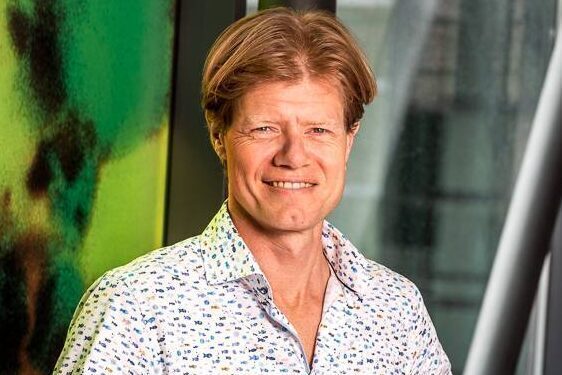Levelt Group
Plasticity, critical periods, visual system, inhibitory neurons

Plasticity, critical periods, visual system, inhibitory neurons
Insight in the brain processes that play a role in information processing helps us to understand in what ways we learn at different stages of our lives. So far, scientists have mainly studied the cortex to discover this, but it turned out that the evolutionary old thalamus appears to play a surprising and crucial role in this, offering a new insight that could have implications for therapeutic interventions aimed at maintaining or increasing the plasticity of the brain.
Plasticity is crucial for us to learn and adapt to our environment. Once tasks or functions are learned, the brain can carry them out very efficiently, in a routine-like fashion. However, learning and carrying out routine functions do not go hand in hand. During development the brain is highly malleable, but processes information rather slowly and erratically. Vice versa, when we perform routine tasks, little learning occurs and we ignore many inputs. This situation can suddenly change when a routine procedure results in an unexpected outcome. We rapidly become aware of additional circumstances and learn what caused the unexpected result.
Recent evidence, also from our laboratory, suggests that these increases in plasticity levels during critical periods of development or in response to reinforcement signals are achieved by a temporary reduction in cortical inhibition. Possibly, high levels of inhibition increase performance of neuronal networks by suppressing inputs that are irrelevant for the execution of routine tasks. Reduced inhibition may support learning by allowing such inputs to be taken into consideration to solve a novel challenge.
‘Children are able to learn well during critical periods; the ‘now or never’ stages when they have to learn to talk, for instance, or to see well, because this won’t be possible once that period is over. These periods are special, because the so-called feedforward connections, which ensure that information enters immediately, are still able to adapt. But when my 8-year-old daughter has to read something – and the same thing goes for me, by the way – we are able to remember it better because the so-called feedback connections better enable us to put it in context. This works as follows.
‘The cortex receives information from the thalamus, an evolutionary old brain area, but also from the higher, more modern brain areas. The thalamus transmits a lot of direct information (feedforward information), while the higher brain regions provide contextual information (feedback information). These two sources of information are integrated, allowing us to place new information in context. For instance: A hunter who wants to shoot birds has difficulty in spotting birds in trees the first time. But the more he goes into the forest, the better he gets at it. This is called perceptual learning, and feedback loops play a very important role in this process. This type of learning continues throughout life.
‘If you want to learn, you must – just like a child – be open to all information to know what is relevant for you. During the execution of a routine task, however, you only want the information that is necessary for that particular task. Other information can be blocked out. So the brain cells are constantly active, inhibiting and uninhibiting information, depending on what you want to learn at any given time. ‘In order to be able to learn, you need brain plasticity, as that is the only way you can store new input in the right context. But where does this plasticity come from? What is the role of the cortex and the thalamus, respectively?
‘Nobel Laureates (1981) David Hubel and Torsten Wiesel posited some forty years ago, on the basis of their research in cats and monkeys, that plasticity can only be found in the cortex. However, in the mice in our lab, we saw that inhibitory cells in the thalamus are crucial for the plasticity in the cortex. Because when we switched off this so-called thalamic inhibition, a greatly reduced plasticity arose in the cortex. ‘Our hypothesis is that the thalamus and the cortex are in constant communication with each other; there is a kind of loop that ensures that the circuit is constantly adjusted. That dialogue starts in the thalamus. If you switch it off there, you end up with only partial plasticity in the cortex. The thalamus does therefore not power the plasticity: we think that processes in the thalamus AND in the cortex are responsible for this. How these two processes are dependent on each other and together create plasticity is a question that we need to investigate further.‘It is important that an answer to that question is found, as everyone is now looking to the cortex for the development of therapeutic interventions meant to maintain or increase the plasticity of the adult brain. But it may be very important for the success of an intervention to also look to the thalamus.’

PhD student
See profile
PhD student
See profile
Head of department
See profile
Technician
See profile
PhD student
See profile
PhD student
See profile
PhD Student
See profile
Postdoc
See profile
Student
See profileAt the moment, there are no vacancies within this group
Show all vacancies
"*" indicates required fields
"*" indicates required fields
![]()
![]()
You can also transfer your contribution to NL76 INGB 0002 1673 78 in the name of ‘Stichting Vrienden van het Herseninstituut’
The Friends Foundation facilitates groundbreaking brain research. You can help us with that.
Support our work